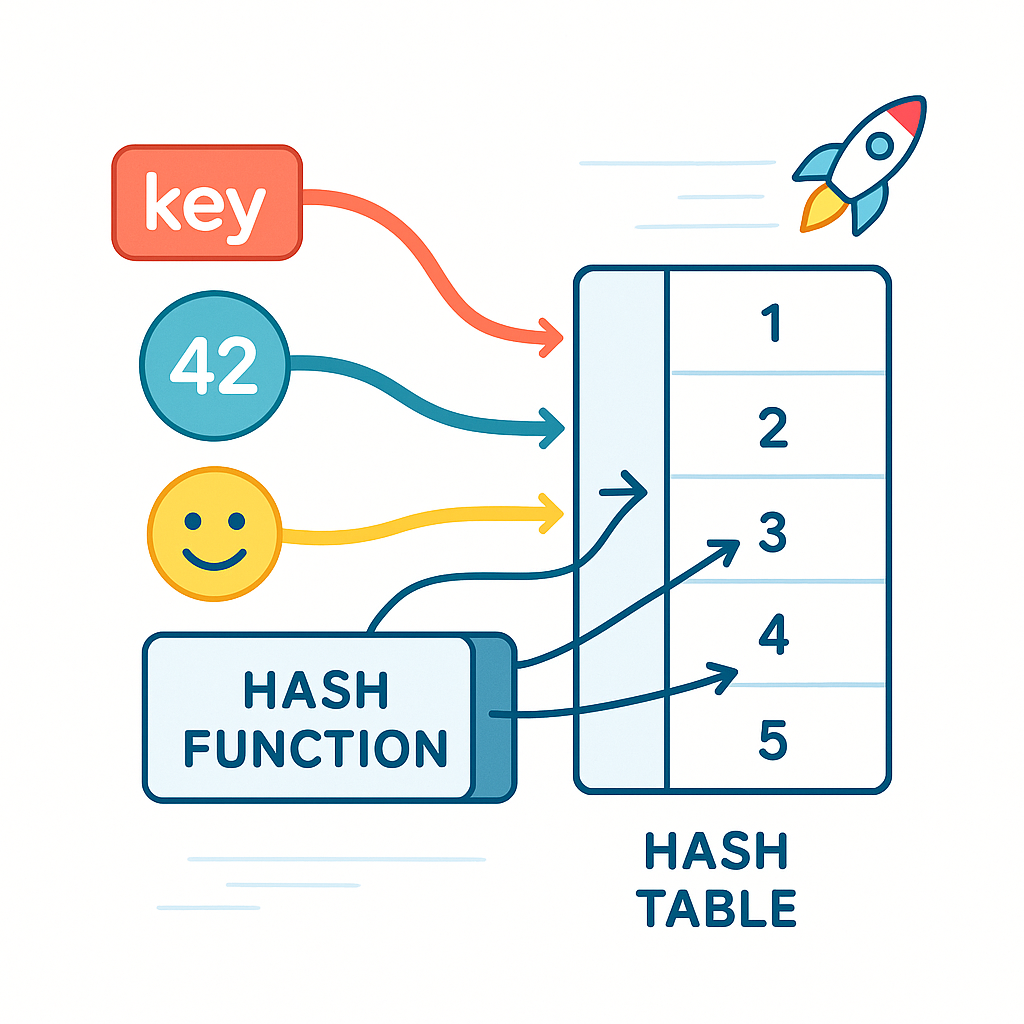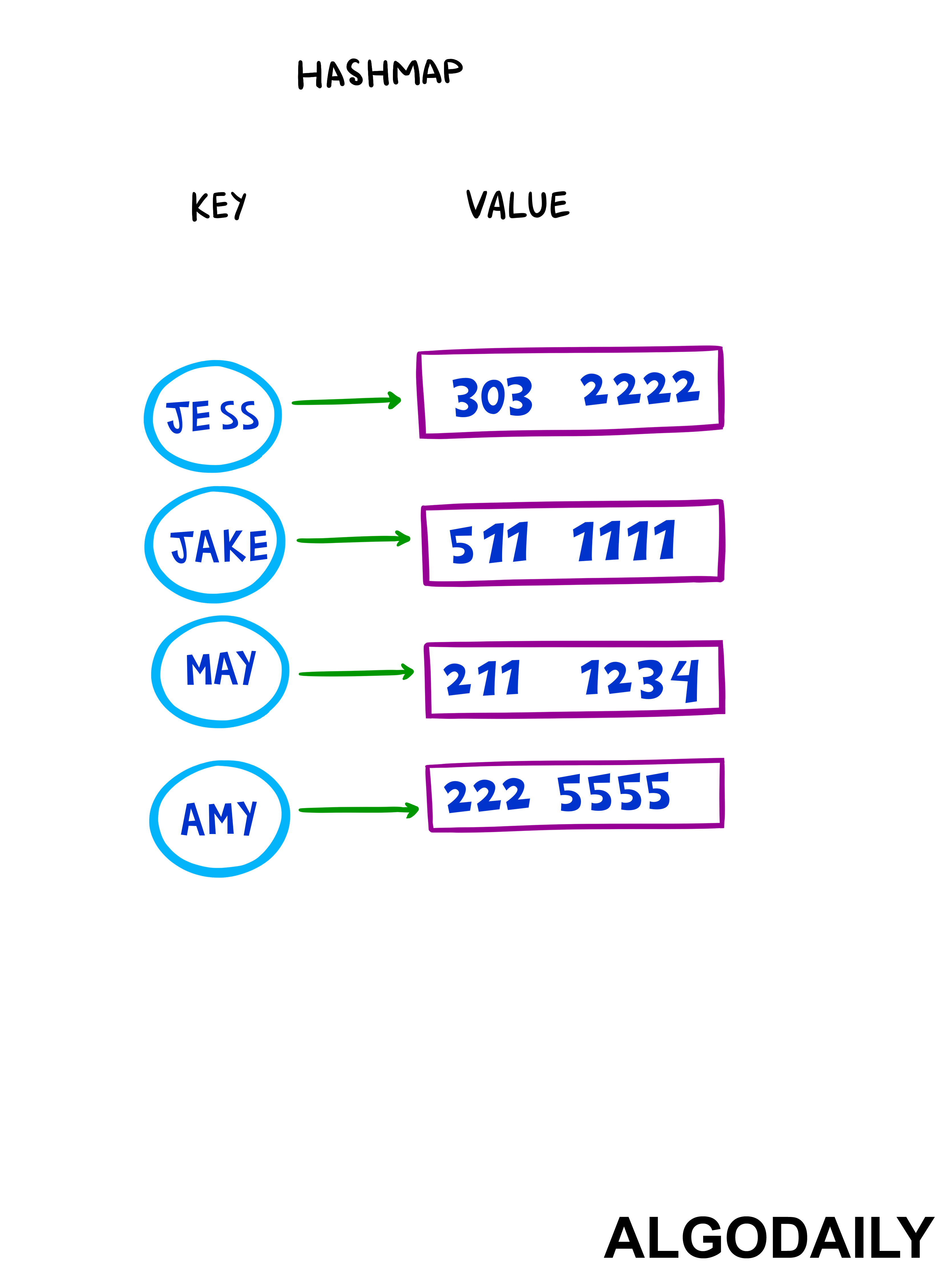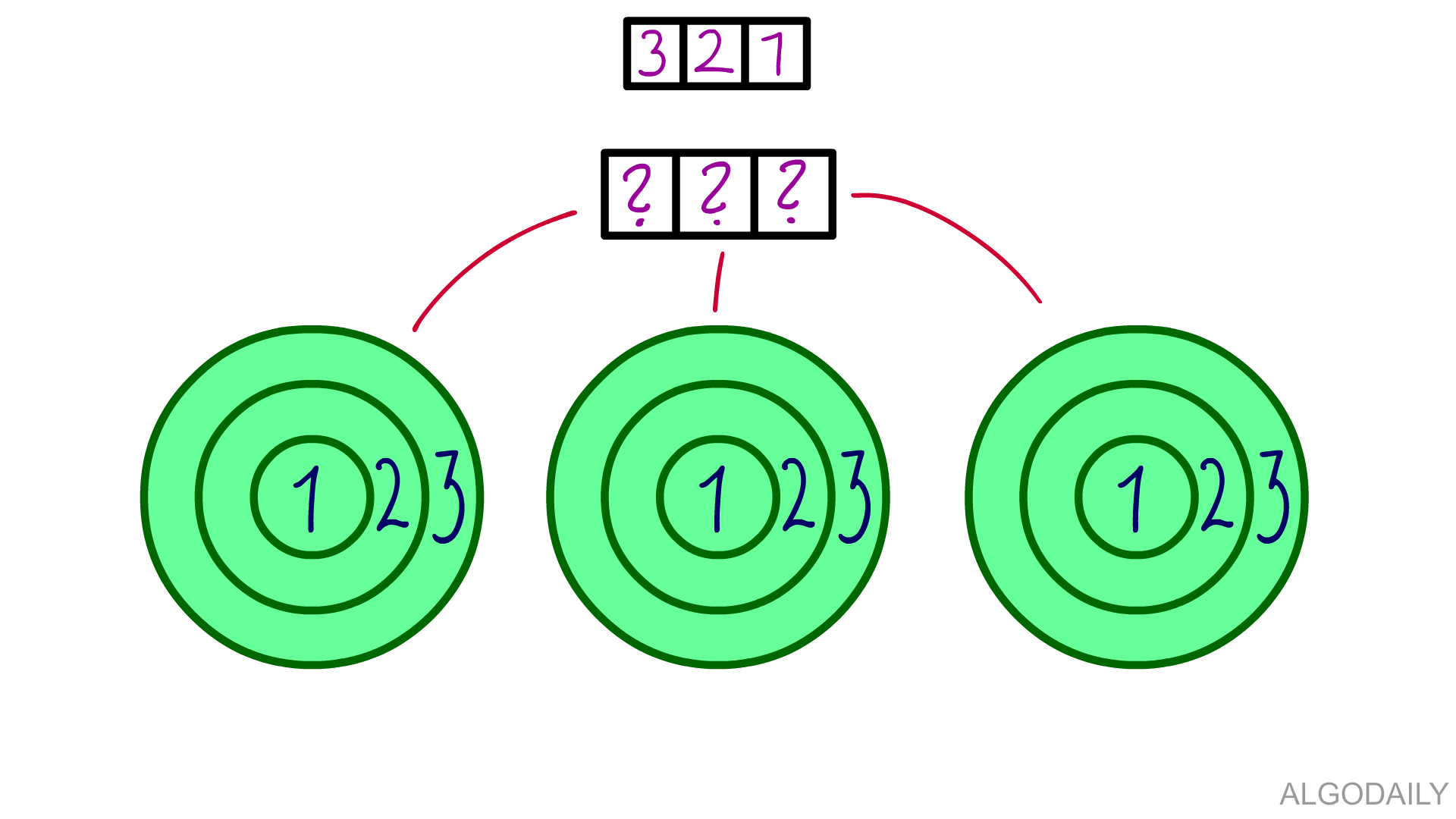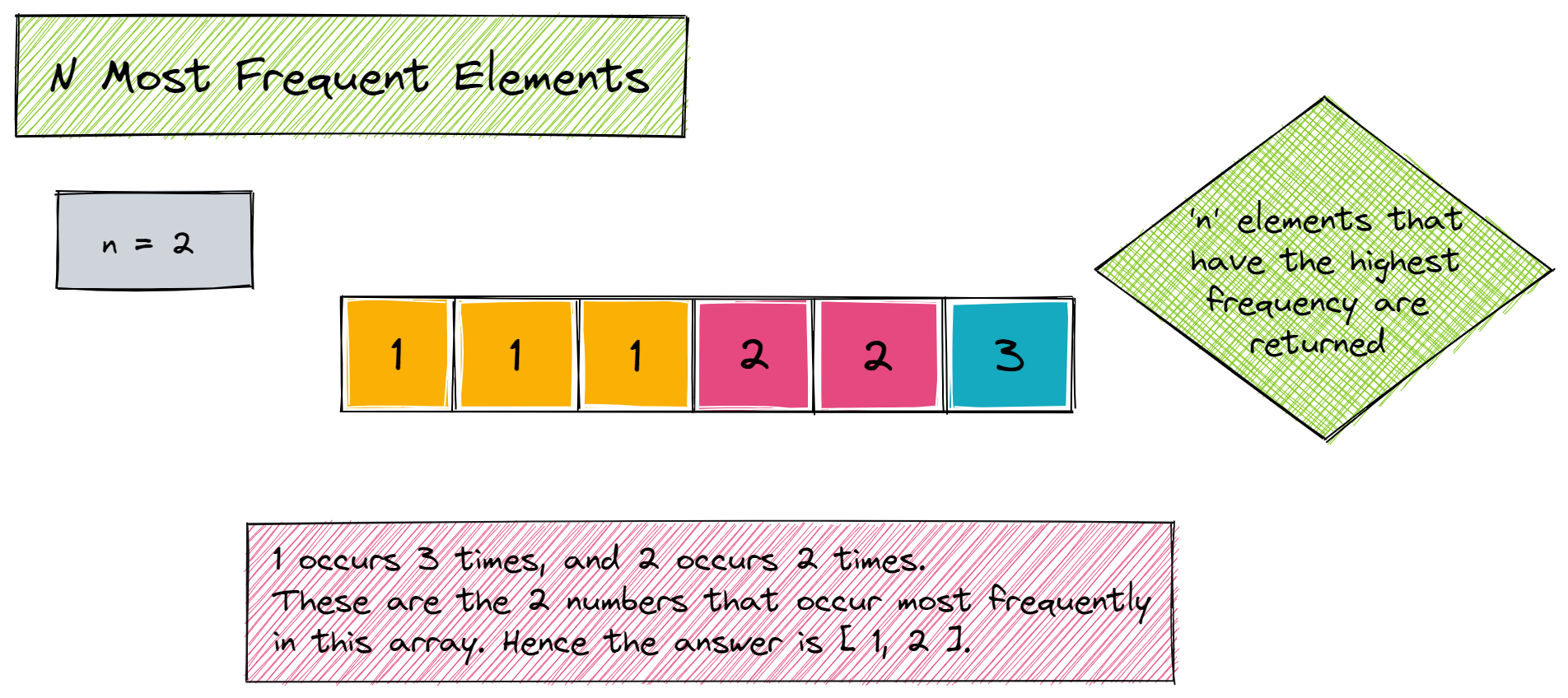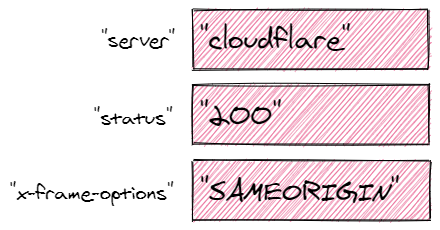
Hash Maps and Key Values
In this section, we cover the use of hash maps and hash tables. A hash table/map is a data structure that maps keys to values using a hash function to compute an index of buckets.
It gets an entire section for itself given how commonly you'll use them in real-world solutions. We also start introducing you to a powerful technique, dynamic programming, which can be used to solve some of the more challenging interview questions.

Section Menu
How do I use this section?





